
Galapagos land iguana
Veteran WoWasis readers know that when we travel, we try to make life simple. Ecuador’s Galapagos Islands aren’t that simple to plan because there are so many of them, and so many ways to see them as well. There are some 125 islands and rocks, and by our count, seventeen of them are visitable either via land tours or scuba. There are two major airports serving the mainland, in Isla Baltra (serving Isla Santa Cruz) and Isla San Cristobal.
What are my touring options?
Land tours: You can elect to take day tours originating in Isla San Cristobal or Isla Santa Cruz. Off-island tours are by boat, and typically return you to your home base at night. Isla Santa Cruz, to the west of San Cristobal, is closer to most preferred land destinations. Plan on about $200 for a one-day land tour of an island, which typically includes lunch, boat passage both ways, and a guide. Another option is a two-day tour, which gives you a night in a hotel on the island (this option is popular for both Isabela and Floreana islands).
Sea tours: You may live aboard a boat and take a “grand tour” of several islands, depending on the package. Plan on spending at least $200 USD a day for a boat tour. There are several classes of boats, and there are also options for Last Minute tours if you’re trying to save some money.
Scuba tours: You can scuba dive either from land-based operations for day trips or make your dives from a live-aboard boat. Our favorite dive was Devil’s Crown, just off the island of Floreana, which we booked as a one day, two dive boat tour from Puerto Ayora, Isla Santa Cruz.
Sea or land? It’s up to you. Boat tours will be more expensive and you are obviously confined to a boat and accept the accommodations. You’ll also see more. Land tours give you the option of choosing your own itinerary.
Which islands should I prioritize?
Veteran Galapagos guides typically list four on the can’t-miss list. They are San Cristobal, Santa Cruz, Isabela, and Seymour Norte. In our own experience, we’d add scuba and snorkeling in Isla Floreana to the list, too. Scuba was spectacular there. We wish we had known about this “hot list” when we planned our trip, but there’s nothing like getting there and getting information from the guides. So now we give it to you.
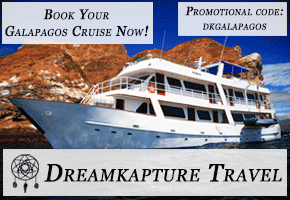 I’m going to do my own itinerary, how do I start?
I’m going to do my own itinerary, how do I start?
Let’s start with the premise that you’re going to visit the four island “hot list” of San Cristobal, Santa Cruz, Isabela, and dive or snorkel Floreana. Start with San Cristobal. You can land there from mainland Ecuador and tour the island. When you’re done, boat over to Santa Cruz, west of San Cristobal. Eventually, you will fly back to the mainland from Isla Santa Cruz (technically, it’s Isla Baltra, over the channel). You can see Isla Santa Cruz in a day or so (don’t miss the Charles Darwin Research Station, our favorite spot on the island, located right in Puerto Ayora). Puerto Ayora, the main city of Isla Santa Cruz, is a nice town with good food and nice places to stay.
From Isla Santa Cruz, you can take a one-day trip to Isla Seymour Norte, where you’ll see magnificent bird life, including the well-known red-breasted male frigate birds. You can also go to Isabela Island (two hours each way) to snorkel Los Tuneles and climb the Sierra Negra volcano. We do not recommend snorkeling in Tintoreras, which we and others have found to be often murky, probably ue to its location near the harbor. Pay the extra and go to Los Tuneles instead. You might find it advantageous to stay in the tiny port town of Puerto Villamil. We paid $230 for a tour of Isabela which included a round trip boat, snorkeling in Tintoreras (again, not recommended), and a guide-led climb to the Sierra Negro volcano.
Back in Santa Cruz, you can book a day tour for scuba or snorkeling in Isla Floreana. We elected to dive two spots in Isla Floreana, Punta Cormorant and Islote Champion. Both were wonderful. We saw an unbelievable amount of sea life: hammerhead sharks, sea turtles, astoundingly colorful starfish, and scorpion fish, to name just a few. Sea lions put on a show for divers, frolicking in a chain of three, gently nuzzling scuba folks and engaging in an amazing array of aquatic agility. Plan on approximately $200 for a two-dive day, including lunch, dive equipment, a roundtrip boat ride.
How do I get to and from the airport in Puerto Ayora, Isla Santa Cruz?
Arriving, you will land at the airport on Isla Baltra. You must first take a free bus to the ferry landing, at one of two locations. If you’re traveling independently, ask for the bus going to “canal” (channel). If you’re on an organized tour, you’ll ask to the bus to “el muelle” (pier). Your bus will unload at one of those two places. Ferry fare is $2, and you will land on Isla Santa Cruz, in front to a number of buses and taxis. Taxis to Puerta Ayora are $18. The bus is $2, and its final stop is at the Terminal Terrestre Indefatigable bus station, about one and a half kilometers from the port area of Puerto Ayora. Since many hotels are located near the port, you can ask the bus driver to stop near the dock (muelle), and he’ll drop you a block away. If instead you arrive at the bus station, taxi fare to anywhere in town is one dollar.
Departing from Puerto Ayora, Isla Santa Cruz, is a little more tricky until you take an $18 taxi to the ferry station>bus>airport. The last $2 bus departing for the airport leaves at 8 am, daily. Depending on the day, there could be three or five buses, but the last one always leaves at 8 am. Miss it, and you’ll pay the $18 taxi fare.
A note regarding air fares in South America
If you’re going beyond Ecuador immediately after you’re heading back to the mainland (e.g. Peru or Colombia), it may be worth it to visit your local LAN airlines office, because your post-Quito or Guayaquil flight to your ultimate destination may not cost much more. For example, we were flying from Guayaquil to Isla Santa Cruz, then returning to Quito. Both Travelocity and LAN quoted around $500 for the round trip. Since we were going immediately to Bogota, Colombia, we asked about adding on to our fare. It was only $20 more (that’s right, twenty dollars).
So if you’re hopping around the continent, our suggestion here at WoWasis is if you happen to walk by an airline office before you book your next leg, it might be worth an inquiry, and the result could be less expensive than Travelocity, Orbitz, or any other internet-based discounter.
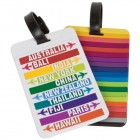 Why review something as mundane as a luggage tag? Because good ones are so hard to find, that’s why. Here at WoWasis, we’ve burned through dozens of luggage tags in our lifetime, and we got so sick of replacing them that we thought of designing our own. Travelon has designed a great one, though, and we love it. Before we tell you why, here are some of the problems we had with previous tags.
Why review something as mundane as a luggage tag? Because good ones are so hard to find, that’s why. Here at WoWasis, we’ve burned through dozens of luggage tags in our lifetime, and we got so sick of replacing them that we thought of designing our own. Travelon has designed a great one, though, and we love it. Before we tell you why, here are some of the problems we had with previous tags. Here are
Here are 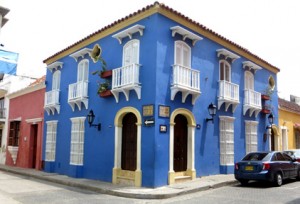 In Cartagena, the city is optimized for a rainbow of tropical colors. It starts with the colonial era houses and buildings, sporting all hues of oranges, blues, fuchsias, and indigos. In Getsemani’s small streets, you’ll find
In Cartagena, the city is optimized for a rainbow of tropical colors. It starts with the colonial era houses and buildings, sporting all hues of oranges, blues, fuchsias, and indigos. In Getsemani’s small streets, you’ll find  This riot of color makes Cartagena one of the world’s great cities for photography, where great composition takes an equal seat to the amazing palette of colors that changes with every building, street, and corner.
This riot of color makes Cartagena one of the world’s great cities for photography, where great composition takes an equal seat to the amazing palette of colors that changes with every building, street, and corner.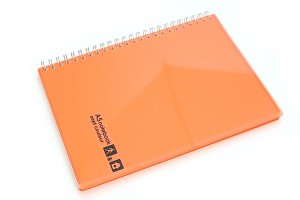 Travel notebooks are one of those things that you never think about unless you have a bad one. Then you curse it every day. Today’s
Travel notebooks are one of those things that you never think about unless you have a bad one. Then you curse it every day. Today’s 

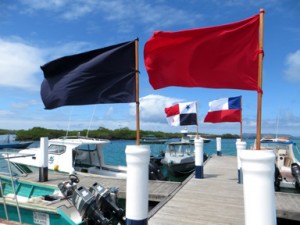 Are you planning on taking a “Last Minute” Galapagos cruise to save money? If so, here are some things you should know about finding and securing a Last Minute Cruise in the Galapagos Islands. Buying a Last Minute Cruise is a great way to save money on your Galapagos cruise. Unfortunately, many people think if they wait until the very last moment they are going to save hundreds of dollars on their Galapagos cruise. This is somewhat of a myth.
Are you planning on taking a “Last Minute” Galapagos cruise to save money? If so, here are some things you should know about finding and securing a Last Minute Cruise in the Galapagos Islands. Buying a Last Minute Cruise is a great way to save money on your Galapagos cruise. Unfortunately, many people think if they wait until the very last moment they are going to save hundreds of dollars on their Galapagos cruise. This is somewhat of a myth.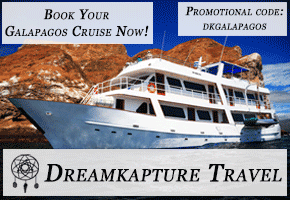
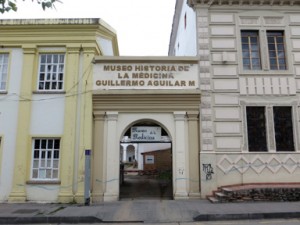 Veteran WoWasis readers know we love medical museums (read our review of Bangkok’s grisly
Veteran WoWasis readers know we love medical museums (read our review of Bangkok’s grisly 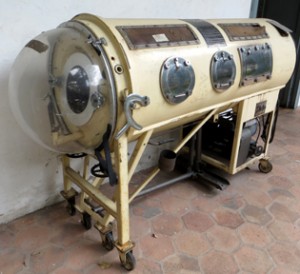
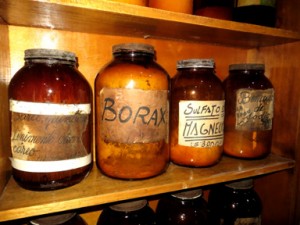
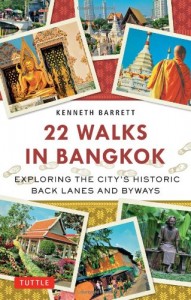
 The one fault we found with the book is that there are no blank note pages at the end. We started scribbling all sorts of notes on places we wanted to see, but soon found there was no place to put them all. Tuttle, the publisher, tends to keep its books in print for decades, and it is hoped that a subsequent edition will have those blank note pages. They’re needed.
The one fault we found with the book is that there are no blank note pages at the end. We started scribbling all sorts of notes on places we wanted to see, but soon found there was no place to put them all. Tuttle, the publisher, tends to keep its books in print for decades, and it is hoped that a subsequent edition will have those blank note pages. They’re needed.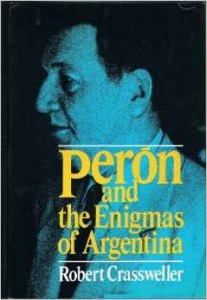
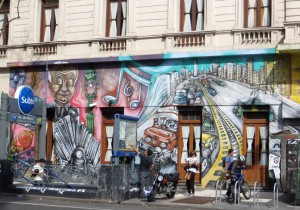 Buenos Aires is notable for its
Buenos Aires is notable for its  Further south on 9 de Julio is a massive metal sculpture, figure of Evita Person with a microphone, twenty stories above the boulevard on a building’s north face.
Further south on 9 de Julio is a massive metal sculpture, figure of Evita Person with a microphone, twenty stories above the boulevard on a building’s north face.  Murals are incorporated into storefronts, decorating rolling doors, or seemingly appearing out of nowhere, embellishing small spaces separating adjoining buildings. Commonly, their themes relate to drinking, dancing, and the tango. Their ubiquitous presence underscores Buenos Aires’ reputation as an art capital, and are constant delights to those seeking surprises where they may least expect to find them.
Murals are incorporated into storefronts, decorating rolling doors, or seemingly appearing out of nowhere, embellishing small spaces separating adjoining buildings. Commonly, their themes relate to drinking, dancing, and the tango. Their ubiquitous presence underscores Buenos Aires’ reputation as an art capital, and are constant delights to those seeking surprises where they may least expect to find them.
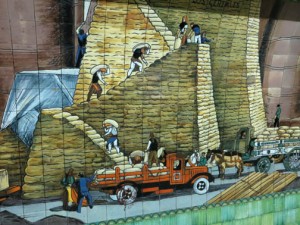
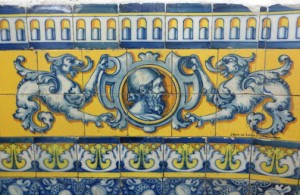
 The outstanding abstract mural in the San Martin station was designed by Felipe Noe in 2006.
The outstanding abstract mural in the San Martin station was designed by Felipe Noe in 2006.